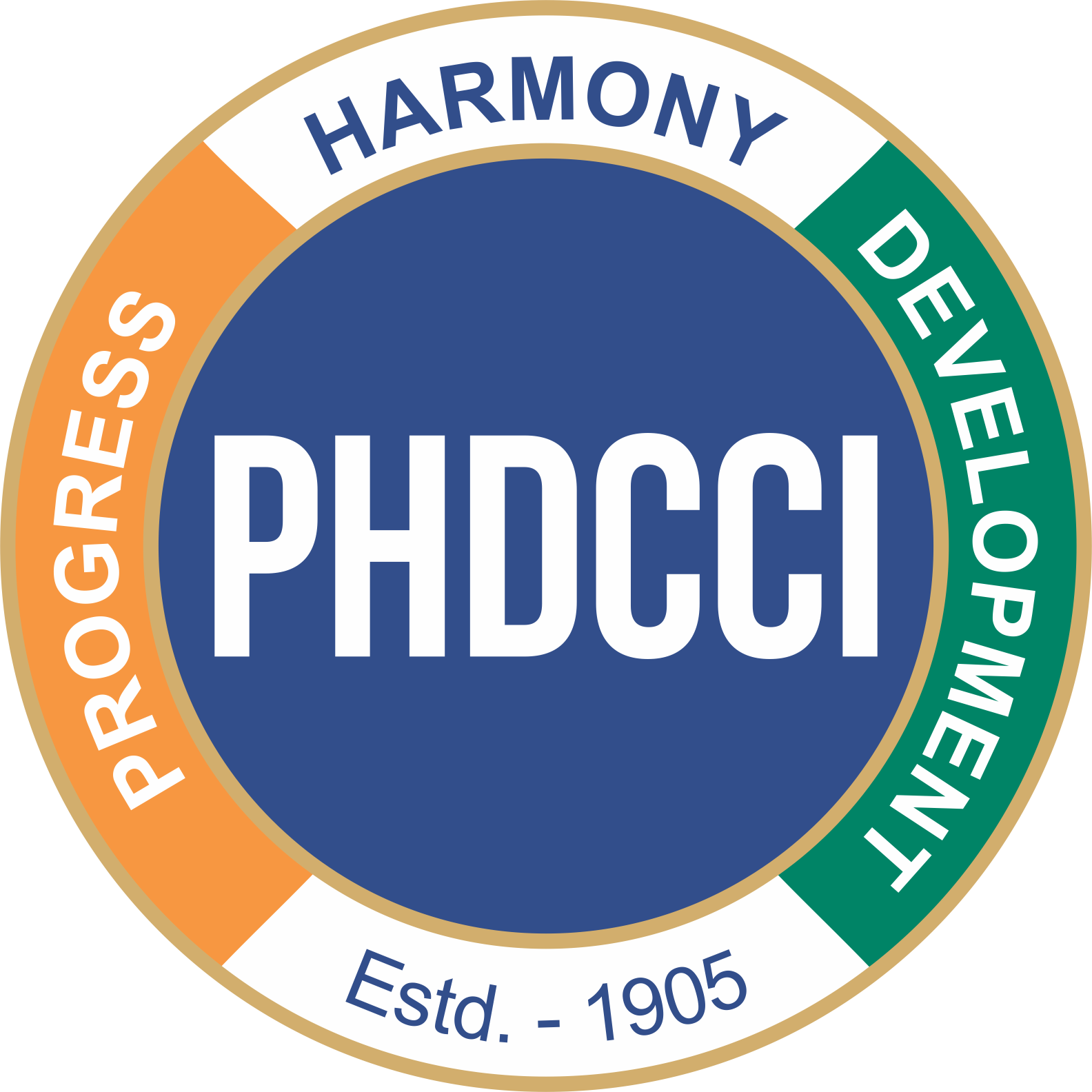PR No – 2
15th October, 2024
New Delhi
MeitY Secy exhorts PHDCCI to help MSMEs adopt digital infra to grow bigger
If India wants to become a developed country, a critical element is to enhance digital technology across the economy and use emerging elements like AI and blockchain technology, said Shri S. Krishnan, Secretary, Ministry of Electronics and Information Technology, Government of India while speaking at the Digital Public Infrastructure – Roadmap for Digital Equity event, organized by PHDCCI today at its headquarters in New Delhi.
He added, for MeitY, it is important to have outreach for MSMEs and regional businesses. Today’s subject is important as it involves a set of initiatives that follow the PPP model, offering a platform at reasonable prices, which will be developed and used by many businesses to ease their operations. This institution is not only for India but globally, many global players are also expressing considerable interest.
Digital technology offers opportunities for developing countries, allowing them to leapfrog to the next stage of their business development. It is a horizontal segment and makes up close to 12% of India’s economy.
India has a huge role to play in the emergence of digital infrastructure, he appreciated while mentioning Aadhaar, UPI, DigiLocker, UMANG, GeM portal, ONDC, and apps like eSanjeevani as part of India’s digital infrastructure, and emphasised that many more platforms need to be developed.
To support MSMEs, the universal lending infrastructure holds huge opportunities. Another opportunity is for MSMEs to use DPI applications to further digitize their business, and the PHDCCI’s role is huge in helping businesses adopt these models. Equally, data security is a major area where companies can contribute. There are many opportunities for businesses in this space, concluded Shri S. Krishnan.
Mr. Pranav Poddar, Co-chair, PHDCCI said, In an age where technology is shaping every facet of our lives, the role of DPI has become more critical than ever. DPI serves as the backbone of our economy, driving innovation, efficiency, and inclusivity in a rapidly digitalizing world. From digital payments to data-sharing frameworks, digital identity, and access to essential services, DPI holds the key to ensuring that the benefits of technology reach every corner of our society. It is through this lens that we address today’s core theme—’Digital Equity.’
He added that the road to achieving digital equity is not without its challenges. There are significant barriers to access, from infrastructure gaps in rural areas to issues of affordability, digital literacy, and ensuring that all citizens, regardless of their socio-economic background, are equipped to participate in this digital ecosystem. However, I believe that through collaborative efforts between the government, industry, and civil society, we can chart a clear roadmap toward ensuring that no one is left behind in this digital revolution.
Shri A K Tiwari, President (Regulatory & Policy), Reliance Jio Infocomm Ltd. said DPI is the result of collaborative and collective work of different technologies that are interoperable. This robust building of DPI has empowered Indian society digitally. Compared to many developed countries, India is far better, with UPI and Aadhaar having enabled significant milestones. During India’s G20 presidency, a task force came out with a 40-page document defining DPI. According to the definition, digital infrastructure is not a part of DPI they are two different entities. However, digital infrastructure is a basic requirement for DPI to advance.
He further informed the audience that today, the entire data consumption in India is 30 GB per month per person. There are around 116 crore mobile users in India, and out of that, 93 crore have 4G or 5G connectivity. The rest are left behind due to gaps in digital literacy and affordability, which need to be addressed.
Further speaking on challenges, he mentioned that with 4G and 5G combined, 98% of the population is connected, and the remaining 2% also needs to be covered to achieve full inclusion.
Shri Sivakumar Moorty, Partner, EY, discussed the definition of DPI is any digital infrastructure that allows three things to happen- first, innovation by minimalism, like Aadhaar and GPS, second is inclusiveness to ensure no one is left behind and lastly, interoperability and standardization, which are core to DPI.
He further talked about the impact of DPI, stating that it would have taken 47 years to achieve the financial inclusion that India has achieved in 6 years through DPI payments. From G7 to G20 to OECD countries, all have implemented DPIs. Digital Public Goods (DPG) are important for society as a whole and cover many SDGs as well.
*END*
Warm Regards,
Media Division
PHD Chamber of Commerce and Industry






